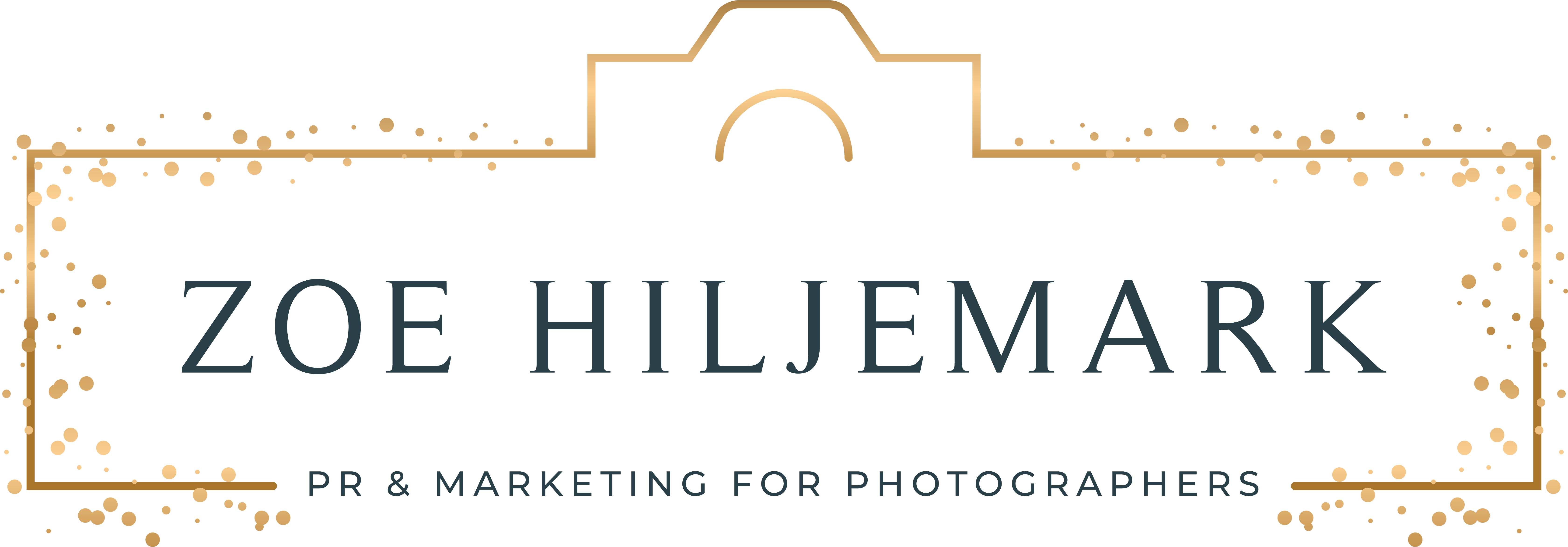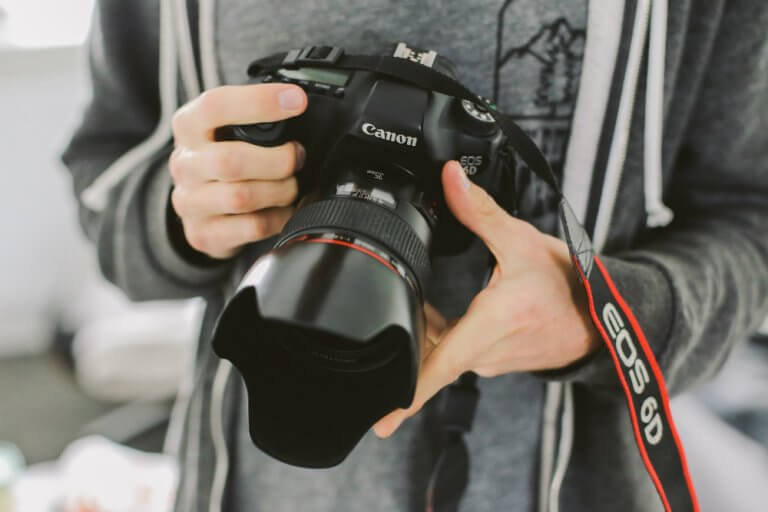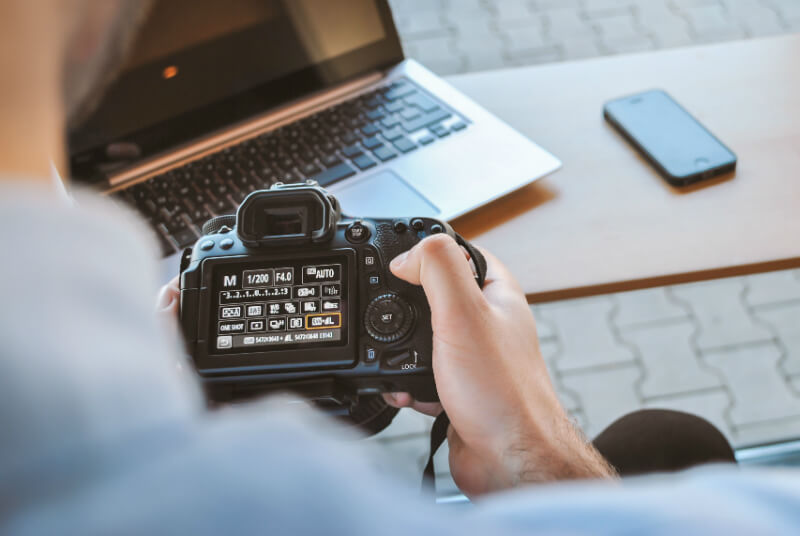Eight Common PR Mistakes Photographers Make (And How To Avoid Them)
Do you dream of getting your photography featured in magazines, blogs, or other media? PR can be a powerful tool for photographers, but if you’re not experienced in pitching to journalists, it’s easy to make mistakes that hold you back.
You may feel overwhelmed by the PR process, but I’m here to help demystify it. In this article, I’m sharing PR tips so you can avoid the following eight common PR pitfalls, and in doing do, set yourself up for greater visibility and success!
How to Avoid These Eight Common PR Mistakes
1. Make Time for PR
One of the biggest challenges photographers face is finding time for PR.
As a busy business owner, it’s tempting to focus only on your editing work and the day-to-day things that are essential for the smooth-running of your photography business. But, don’t forget that PR (and marketing) is essential for long-term growth too!
We all have the same 24 hours in a day—it’s about making PR a priority. For example, I often carve out quiet time in the mornings to write blog posts or work on my marketing, and work on client projects in the afternoons.
Think about your schedule. Could you dedicate an hour a day or a morning a week to marketing and PR? Whether it’s during evenings or setting aside a specific day, treat PR as a non-negotiable.
👉 Ask yourself: When can I allocate time each week to focus on my PR efforts?
2. Build Confidence to Pitch
A lack of confidence stops many photographers from reaching out to the media. It’s natural to feel nervous about putting yourself forward, but remember, you have nothing to lose and everything to gain.
What’s the worst that could happen? A journalist might not respond. This isn’t a reflection on you—it’s often just that they’re overwhelmed with emails.
Your potential is only limited by your mindset, so take that first step. Believe in your story and your work, and pitch with confidence.
3. Think Like a Journalist
A common mistake photographers make is treating PR like a sales pitch. Journalists aren’t here to promote your business—they’re here to serve their audience.
Ask yourself: “Why would their audience care about this story?”
Your pitch should offer value, insights, or a newsworthy angle. Avoid sending generic emails about your services; instead, share something unique, like an interesting project you’ve worked on or a compelling trend you’ve noticed.
4. Expand Your Pitches Beyond Your Photography
It’s easy to assume that your photography must always be the focus of your PR efforts. But some of the best opportunities come from sharing broader stories.
For example, there are likely to be many experiences from your work and personal life that you could draw from and stories that you could tell, that could interest the press. Your photography may be relevant, but it might not be.
Yes, your ultimate aim is to promote your photography services, products, books, exhibitions, training workshops – to get more visibility for your brand and your work. But don’t be afraid to pursue PR opportunities that don’t relate directly to your photography business.
These, too, could help raise your profile and get you visible, and this all helps in the wider purpose of brand building. Getting featured in the press, even if it doesn’t include a mention of your photography or business directly, is still worthwhile!
Once you start building relationships with journalists and sharing your stories, you never know what else it could lead to. Every press mention helps you establish credibility and opens doors to more opportunities.
5. Do Your Research
Before reaching out to journalists, take the time to research who you’re pitching to. Mass-sending of generic email pitches wastes everyone’s time.
Here’s how to research effectively:
- Find the right contact: Look for journalists who cover topics related to your story. Avoid generic addresses like newsdesk@ when possible.
- Check their current role: Journalists move around frequently, so ensure the contact details are up to date.
- Tailor your pitch: Refer to their previous work and explain why your story is relevant to their audience.
This extra effort will make your pitch far more likely to succeed.
6. Avoid the Scattergun Approach
Focus your PR efforts on media outlets that align with your target audience. It’s better to secure coverage in one publication your ideal clients read than to appear in ten that they don’t.
Start by identifying publications, podcasts, or TV shows your audience engages with. Then, pitch strategically. Quality over quantity is key.
7. Get ‘PR-Ready’ First
Before you pitch, make sure you have everything a journalist might need. If a journalist shows interest, they may be working to a tight deadline and won’t have time to wait for additional materials.
Be prepared with:
- High-resolution headshots (both portrait and landscape)
- A short bio about your business and journey
- Links and background information for any stories you’re pitching
- Ready-to-go quotes or soundbites
Having these resources ready ensures you can respond quickly and professionally.
8. Don’t Give Up Too Soon
PR takes time, and success isn’t guaranteed. It’s easy to get discouraged after a few knockbacks, but persistence is crucial.
Follow up on unanswered emails, refine your approach, and keep trying. Sometimes, the next pitch could be the one that lands you a valuable piece of press coverage.
The Secrets to PR Success
PR isn’t just about getting quick wins—it’s about building relationships, visibility, and credibility over time.
If you’re ready to elevate your PR efforts, join my ‘PR-Savvy Photographers’ Facebook group, where you’ll find tips, tools, and resources to help you confidently promote your business.
Ready to take your PR to the next level? Join my ‘PR-Savvy Photographers’ Facebook group for free tips, and discover my PR services for photographers.
Get in touch if you’d like some help with PR outreach or if you want to learn how to pitch yourself to the press.







